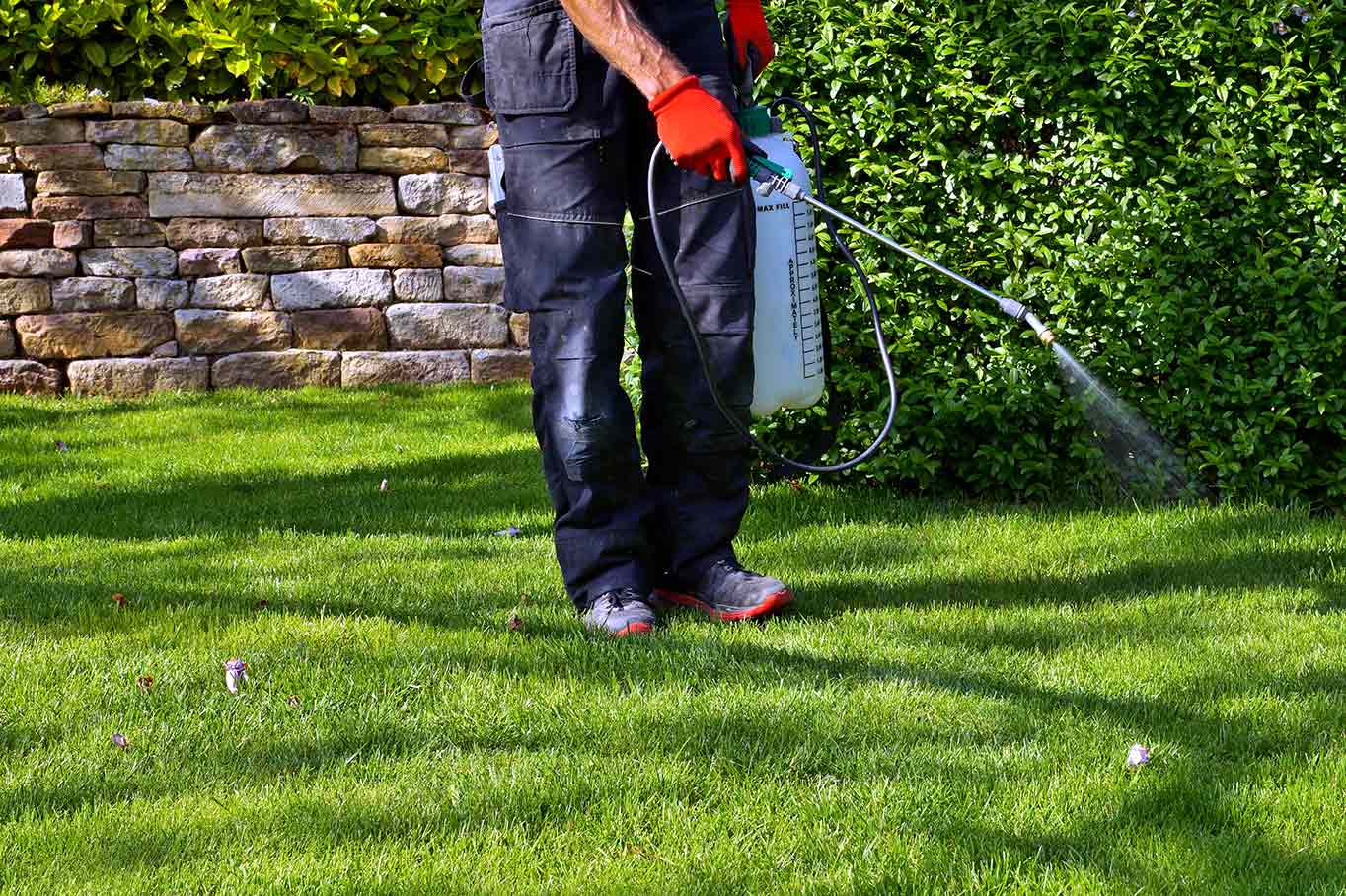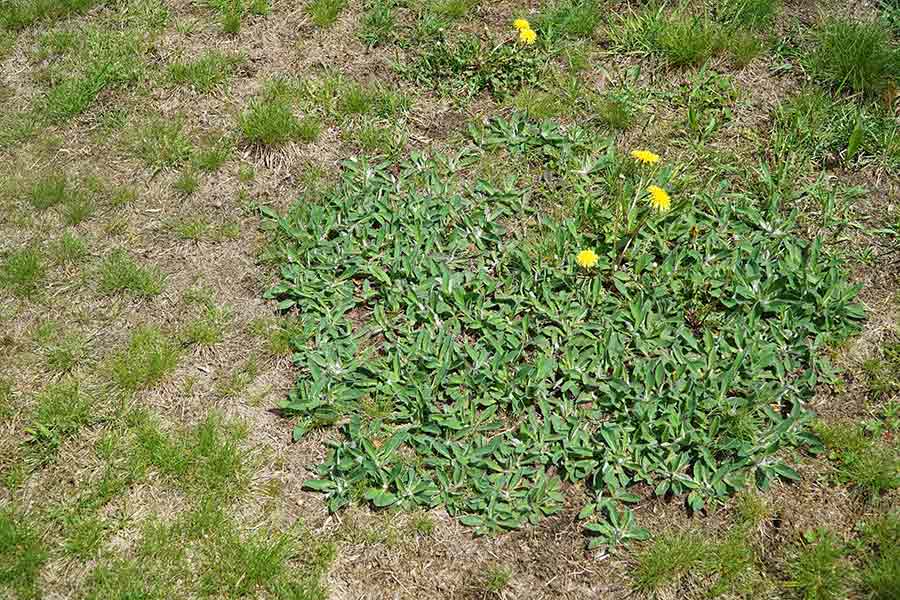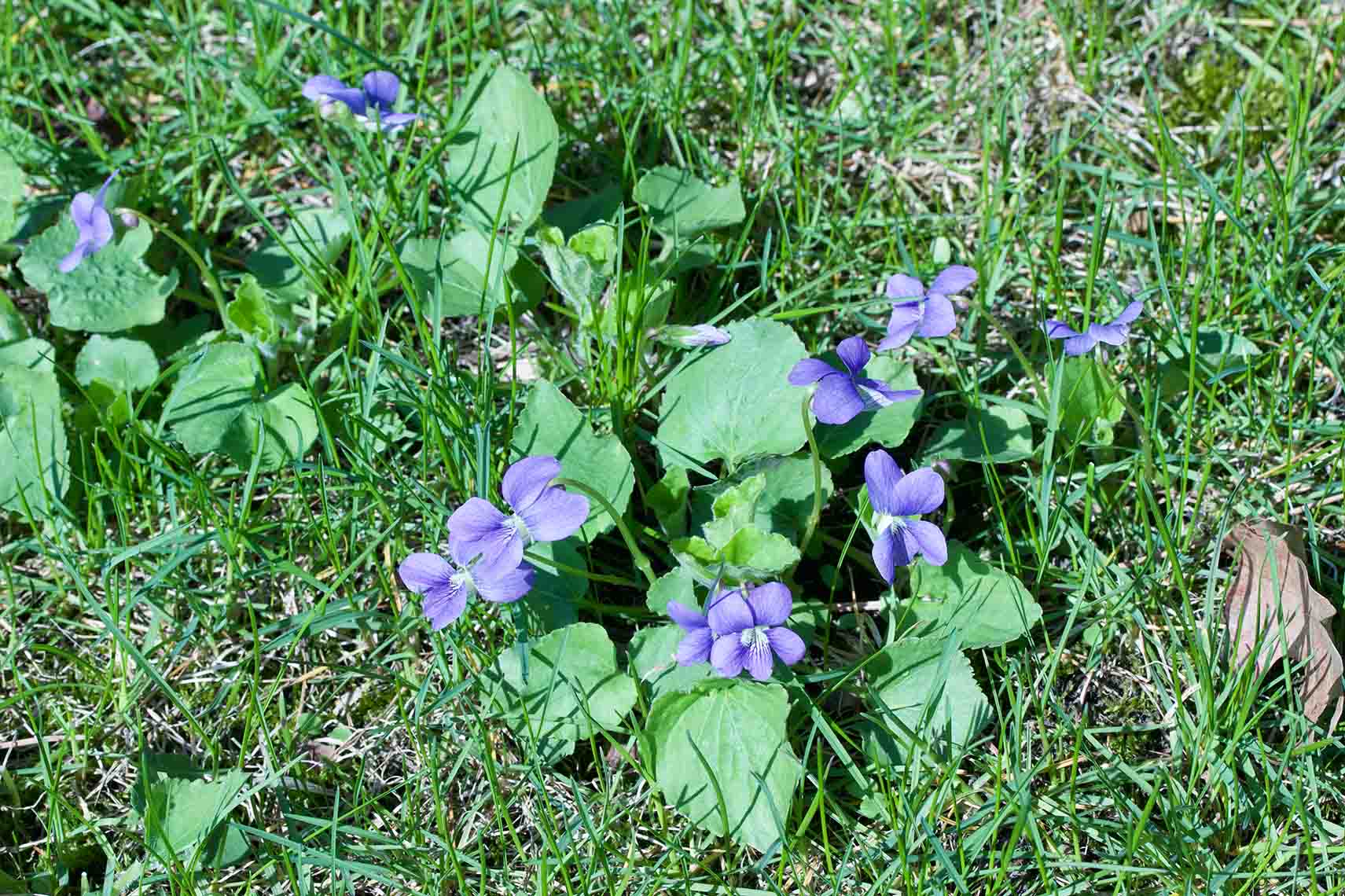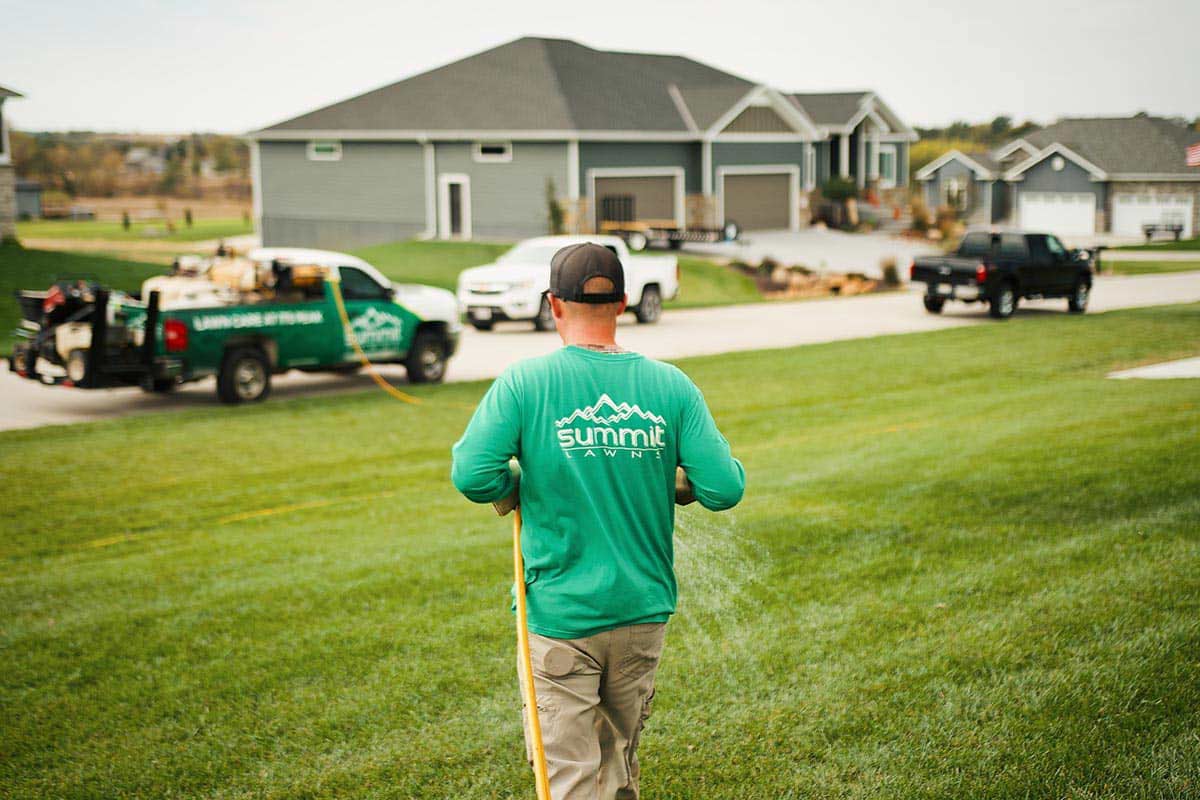How & When To Apply Pre-Emergent Weed control
In Omaha, the battle against lawn weeds is a seasonal ritual. You pull them, mow them down, and spray what you can, but every spring and summer, they always seem to come back. If this sounds familiar, there’s one tool you might not be using to its full potential: pre-emergent weed control.
Unlike reactive sprays or back-breaking hand pulling, pre-emergents work proactively. If you’re ready to get ahead of weeds and finally give your lawn a fighting chance, this guide will walk you through the essentials of pre-emergent weed control.
What Is Pre-Emergent Weed Control?

Pre-emergents form a barrier in the top layer of soil. When weed seeds begin to germinate and send out roots or shoots, the herbicide disrupts this process, halting the weed before it ever sees daylight. It’s not magic… it’s science. But timing is everything.
It's important to understand that pre-emergent products do not affect dormant seeds. They only work during that short window between seed germination and seedling emergence. Once a weed is visible, it’s already too late for a pre-emergent to help.
When To Apply Pre-Emergent In Omaha, NE

Omaha’s climate means you’ll need two key applications per year, one in spring and one in fall, to keep common weeds like crabgrass, foxtail, and annual bluegrass in check.
Spring Application (March–April): Block Summer Weeds
The main target of a spring pre-emergent is crabgrass, which begins to germinate when soil temperatures reach 55°F for several consecutive days. In Omaha, this typically happens sometime between mid-March and mid-April, depending on the year.
You can monitor soil temperatures online or with a cheap thermometer probe, but if you’re not one to track the weather that closely, a good rule of thumb is to apply your spring pre-emergent just before the forsythia bloom fades or when your lilacs start budding. The window is narrow, but catching it right makes a world of difference.
- Too early and the product may break down before seeds germinate.
- Too late and the weeds will already be sprouting beneath your feet.
Fall Application (August–September): Prevent Winter Weeds
While spring focuses on summer weeds, fall pre-emergent is your best defense against winter annuals like poa annua (annual bluegrass) and chickweed, which germinate in the cooler temps of early fall.
Apply your fall pre-emergent when soil temps fall back to around 70°F, usually sometime in late August through mid-September in Omaha. This application is often overlooked but can drastically reduce the weed load you’ll deal with the following spring.
How To Apply Pre-Emergent Effectively

A good pre-emergent plan is more than just tossing some granules around and hoping for the best. Here’s what actually works:
1. Start with a Clean Slate
Mow your lawn beforehand if needed, and make sure no existing weeds are present; remember, pre-emergents do not kill what’s already growing.
2. Apply Evenly
Use a broadcast spreader or a hose-end sprayer depending on whether you're applying granular or liquid herbicide. Consistent, even coverage is key. Missed spots will result in patchy protection, and weeds love a good patch.
3. Water It In
Most pre-emergents need to be watered into the soil to activate the chemical barrier. If you don’t get half an inch of rainfall within a few days of application, run your sprinklers or water manually.
4. Don’t Disturb the Soil
Avoid aerating or heavy raking after application. Breaking up the soil barrier reduces the product's effectiveness and lets weeds sneak through.
Common Mistakes To Avoid

Even with the right product, it's easy to go wrong if you're not careful. Here are a few common mistakes Omaha homeowners make:
- Applying too late: If the weed has already sprouted, pre-emergent won’t help.
- Skipping the fall application: Neglecting fall treatment means more spring headaches.
- Overseeding right after: Pre-emergents block all seed germination. Don’t apply them if you’re planning to overseed within the next 8–12 weeks.
- Ignoring watering: Unactivated product just sits on the surface. Water it in or it won’t work.
Which Pre-Emergent Product Should You Use?

Many local lawn care services in Omaha use Prodiamine for its long residual control and excellent results. There are several solid options on the market, each with slightly different strengths:
- Prodiamine: A long-lasting option that’s great for early spring applications.
- Dithiopyr: Offers some post-emergent activity, so it’s slightly more forgiving if you’re a bit late.
- Pendimethalin: Another reliable product, though it tends to break down faster than Prodiamine.
Stay Ahead With Professional Weed Control Services

The truth is, by the time you see weeds, you’re already on the defensive. Pre-emergent weed control flips the script, and it’s a proactive strategy that helps you stop problems before they surface.
In Omaha, the changing seasons create ideal conditions for both warm-season and cool-season weeds. That’s why the spring and fall dual application strategy is your best bet for your lawn, especially when applied by lawn care professionals. Reach out to Summit Lawns if you want to take care of your lawn with the best weed control service in Omaha!

